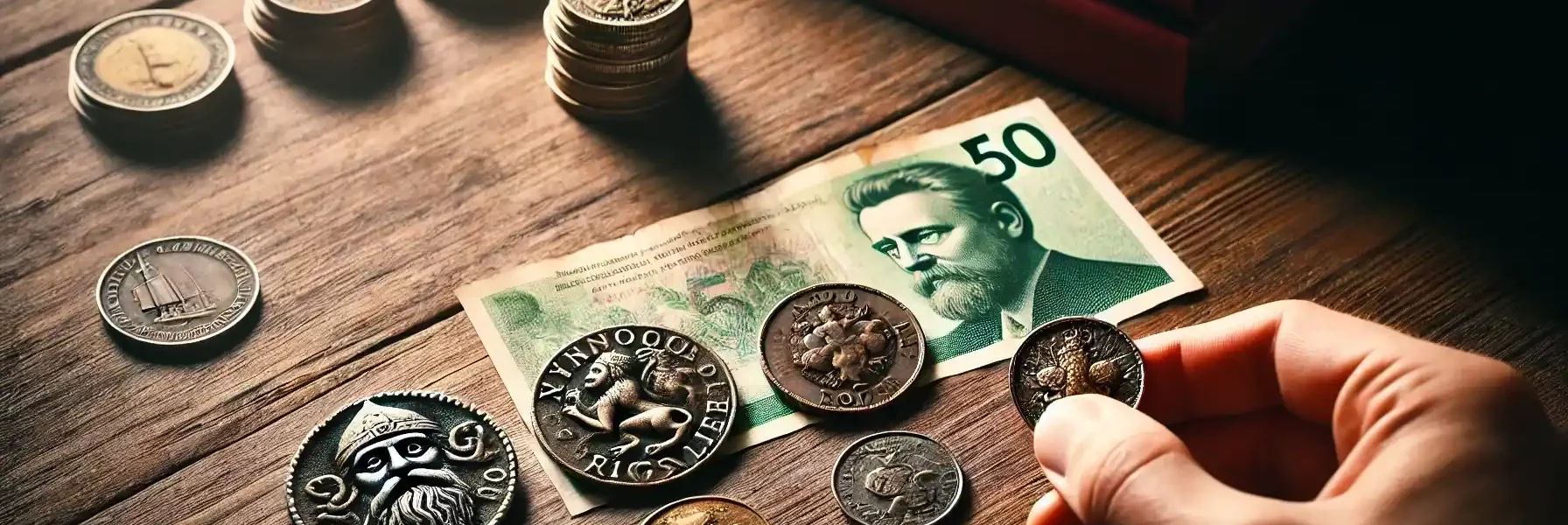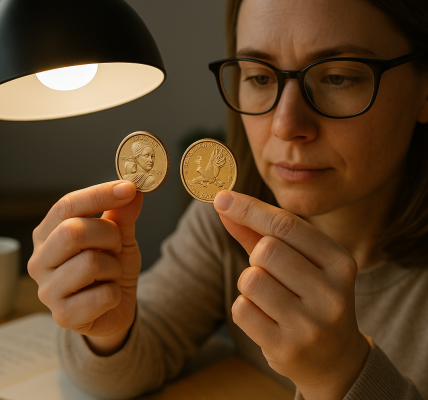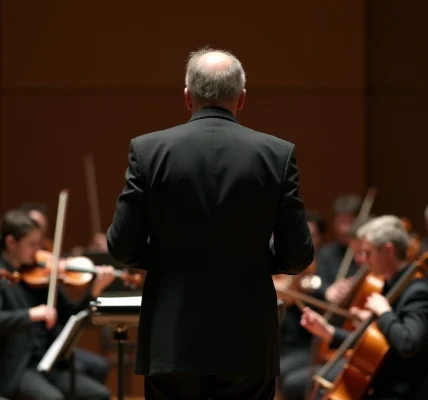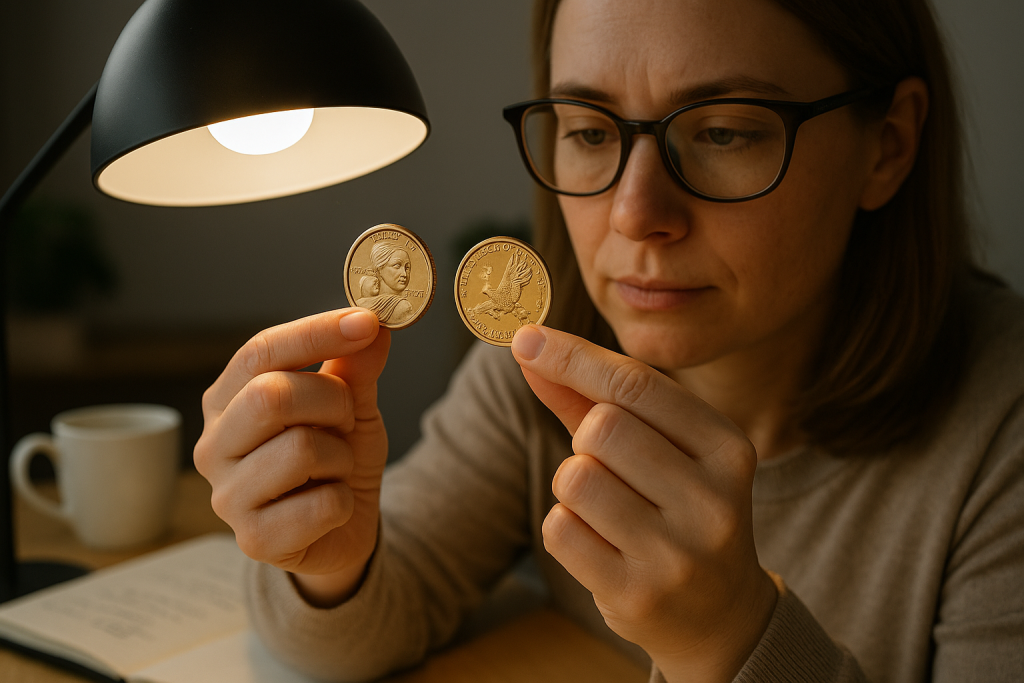Money is more than just a means of exchange, as due to it we can learn a country’s history, culture and values. Just as civil war coins tell the story of pivotal moments in American history, Danish money offers a glimpse into the past and a better understanding of the country’s national identity. Starting from ancient silver rigsdalers to modern crowns, each period has left its mark on Denmark’s coins and banknotes.
So, today we would like to take a closer look at the history of Danish money, review interesting facts about the currency, talk about the influence of royalty on monetary circulation and learn how numismatics helps us understand the cultural and economic characteristics of the country.
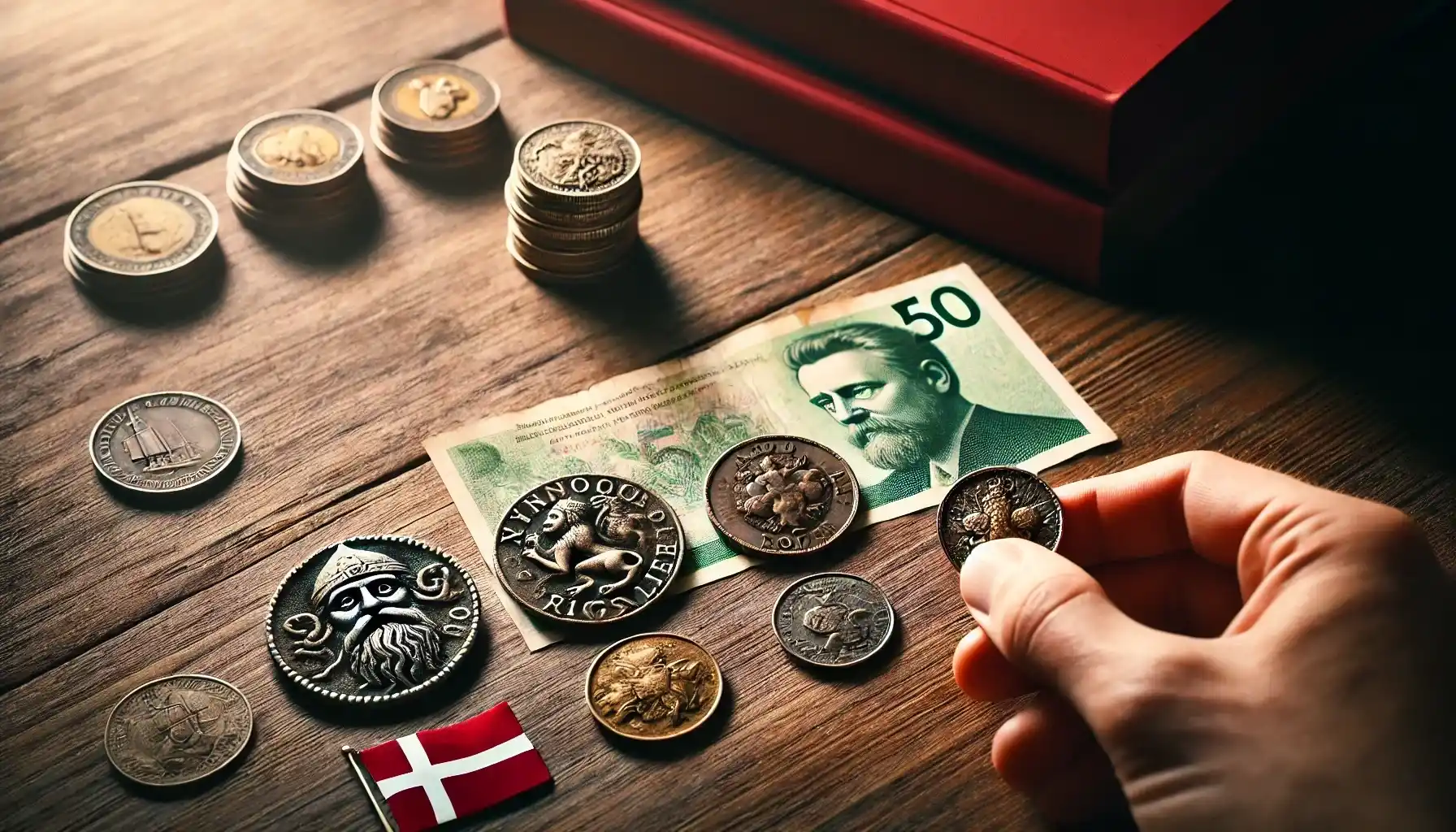
The History of the Danish Krona: How It All Began
The history of the Danish currency dates back to the Middle Ages, when the kingdom produced the first silver coins.
Stages of development of the Danish currency:
- X-XIII century: silver pennings were in circulation, which were minted by local rulers.
- XVI-XIX century: the main currency becomes the Rigsdaler – a silver coin, actively used in international trade.
- 1875: the Danish krone is introduced, tied to the gold standard.
- 20th century: new coin materials, including nickel and copper-nickel alloys, come into circulation.
Viking Money and the First Danish Coins
Long before the krone, the Vikings used silver ingots, pieces of metal and Arabian dirhams brought back from distant campaigns as money. This indicates the Vikings’ extensive trading connections, extending from Europe to the Middle East.
The first true Danish coins appeared in the 10th century under King Harald Blåtand. They were minted from silver and resembled English pennies in design, as Denmark was actively trading with England.
Interesting fact: Archaeologists have found Viking hoards containing thousands of silver coins from all over the world (including Arab, Byzantine and Western European coins). This fact confirms that the Vikings both traded and counterfeited foreign money, at the same time reducing the silver content of their coins.
The Emergence of the Krona and Its Evolution
The modern Danish krone (DKK) was introduced in 1875, replacing the rigsdaler. At that time Denmark joined the Scandinavian Monetary Union with Norway and Sweden, where the krone was the basic unit.
However, the union did not last long: in 1924, the countries diverged in their financial strategies. Since then, the Danish krone has become an independent national currency. What is interesting is that Denmark, being a member of the European Union, does not use the euro despite the fact that EU countries usually switch to a single currency. In 2000, a referendum was held where 53.2% of Danes voted against the euro, leaving the krone as the national currency.
Tourist tip: In tourist places you can find double price tags – in crowns and euros. However, euros are not accepted everywhere, so it is better to exchange money in advance.
Modern Danish Money: What You Need to Know
Danish currency has come a long way – from medieval silver coins to high-tech banknotes, which are now considered one of the most secure in the world. Unlike colorful euros or British pounds, Danish banknotes are known for their minimalist design. However, this outward serenity hides sophisticated security technology that makes it virtually impossible to counterfeit.
Danish Banknotes: Design and Security Elements
In 2009, Denmark introduced a series of banknotes that is still in use today. The main theme of the series is bridges and ancient artifacts (symbols of the connection between the past and the present). For example, on the 500-krone banknote depicts the Royal Mound in Jelling, and on 1000 kroner – the bridge Small Belt, connecting the eastern and western parts of the country.
But apart from aesthetics, banknotes have many security features:
| Protection element | Description |
| Watermark | An image of the royal emblem and denomination that can be seen through the light. |
| Holographic elements | The band, which changes color at different angles, provides instant authentication. |
| Microtext | Tiny letters, which can be seen only under a magnifying glass – complicate counterfeiting. |
| Embossed signs | Tactile marks for the visually impaired, allowing you to determine the denomination by touch. |
| Ultraviolet protection | UV light reveals additional patterns and numbers that are hidden from normal view. |
Interesting fact: in 2022, the Danish National Bank announced that paper banknotes will gradually be replaced by polymer banknotes, as this will increase their lifespan and resistance to moisture.
By the way, if you are traveling in Denmark, remember that you should not change money on the street – even in safe Denmark there are financial fraudsters who slip tourists counterfeit bills. The best way to get Danish kroner is to use ATMs or official exchange offices at banks and airports.
Danish Coins: Design, Symbolism and Interesting Facts
Modern Danish coins are not only convenient in circulation, but also carry elements of history and culture. They are issued in denominations of 50 eres, 1, 2, 5, 10 and 20 kroner and are made of different alloys: copper-nickel and aluminum-bronze.
A unique feature of Danish coins is a hole in the center. This detail is in coins of 1, 2 and 5 crowns and dates back to the XIX century. Initially, the hole was made for convenience – so that sailors could string coins on a rope, but over time it has become a recognizable symbol of Danish currency.
By the way, it is interesting that the 50-ere coin (the smallest in denomination) was taken out of circulation in 2008, as its production became unprofitable. Today, the smallest cash payments in Denmark are rounded up to the nearest krona.
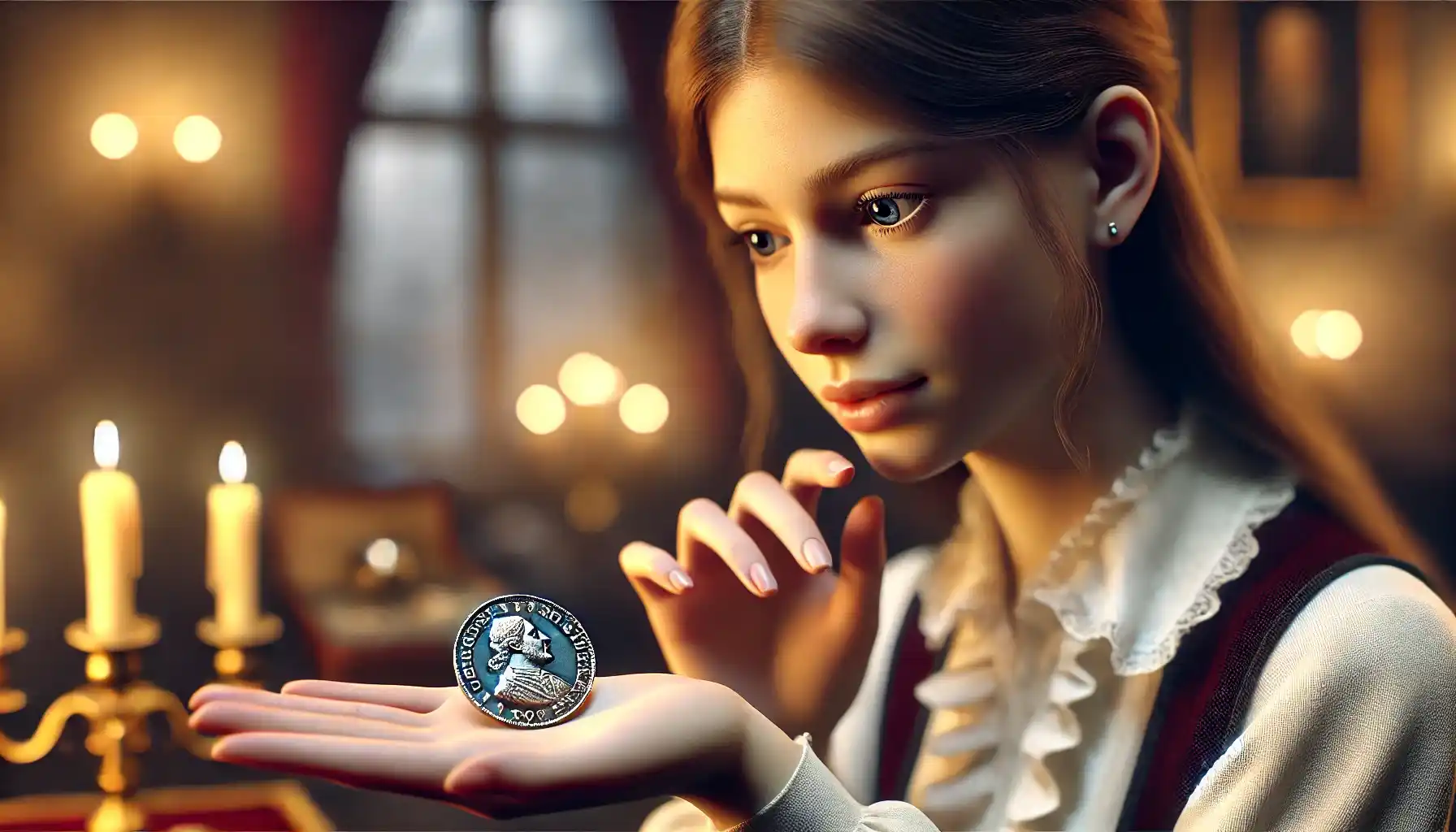
Jubilee and Collector Coins of Denmark
Denmark, like any other country, issues commemorative coins. And although their number is not as large as, for example, in the United States or Great Britain, its jubilee and collector copies are in great demand among numismatists. Most of them are dedicated to important historical events, the royal family and the cultural heritage of the country.
One of the most famous series was the “Royal Jubilees” collection, which includes coins issued in honor of Queen Margrethe II. For example, the 500-crown 2022 coin commemorating the 50th anniversary of her reign is decorated with an exquisite portrait of the monarch and is made of 999 sterling silver. Some Danish commemorative coins were minted in small editions, making them especially valuable among collectors.
Rare and valuable Danish commemorative coins
| Coin | Material | Issue Figures | Estimated Value |
| 10 crowns “Coronation of Queen Margrethe II”, 1972 | Silver 80% | 1 000 000 | $50–$150 |
| 50 crowns “European Union”, 1992 | Silver 92.5% | 60 000 | $100–$250 |
| 20 crowns “Princess Isabella”, 2008 | Copper-nickel alloy | 1 200 000 | $20–$50 |
| 500 crowns “40 years of Margrethe II’s reign”, 2012 | Silver 99.9% | 10 000 | $400–$900 |
| 500 crowns “50 years of Margrethe II’s reign” 2022 | Silver 99.9% Silver | 8 000 | $500+ |
In 2008, Denmark issued the first ever 1,000 kroner gold coin dedicated to Queen Margrethe II. It was minted in an edition of only 1,000 pieces and instantly became an object of collecting. By the way, Danish jubilee coins can be an excellent investment purchase. Some of them are minted in small mintages and over time significantly increase in value. For example, the coin in honor of the 70th anniversary of Queen Margrethe II (2020) is already valued above face value among numismatists.
Tip for collectors: If you want to be sure of the authenticity of a Danish commemorative coin, or to find out special details (year of issue, composition of the coin, features and even approximate value) use the modern application Coin ID Scanner. It will help you quickly find out all the details in just a couple of clicks.
Window to History and Culture
Danish money has come a long way from silver rigsdalers to high-tech banknotes, keeping the spirit of history and tradition alive. They tell stories of kings and eras, of bold decisions and unwavering respect for heritage. And perhaps the next Danish coin you get your hands on will be not just change, but a small part of a great story.

